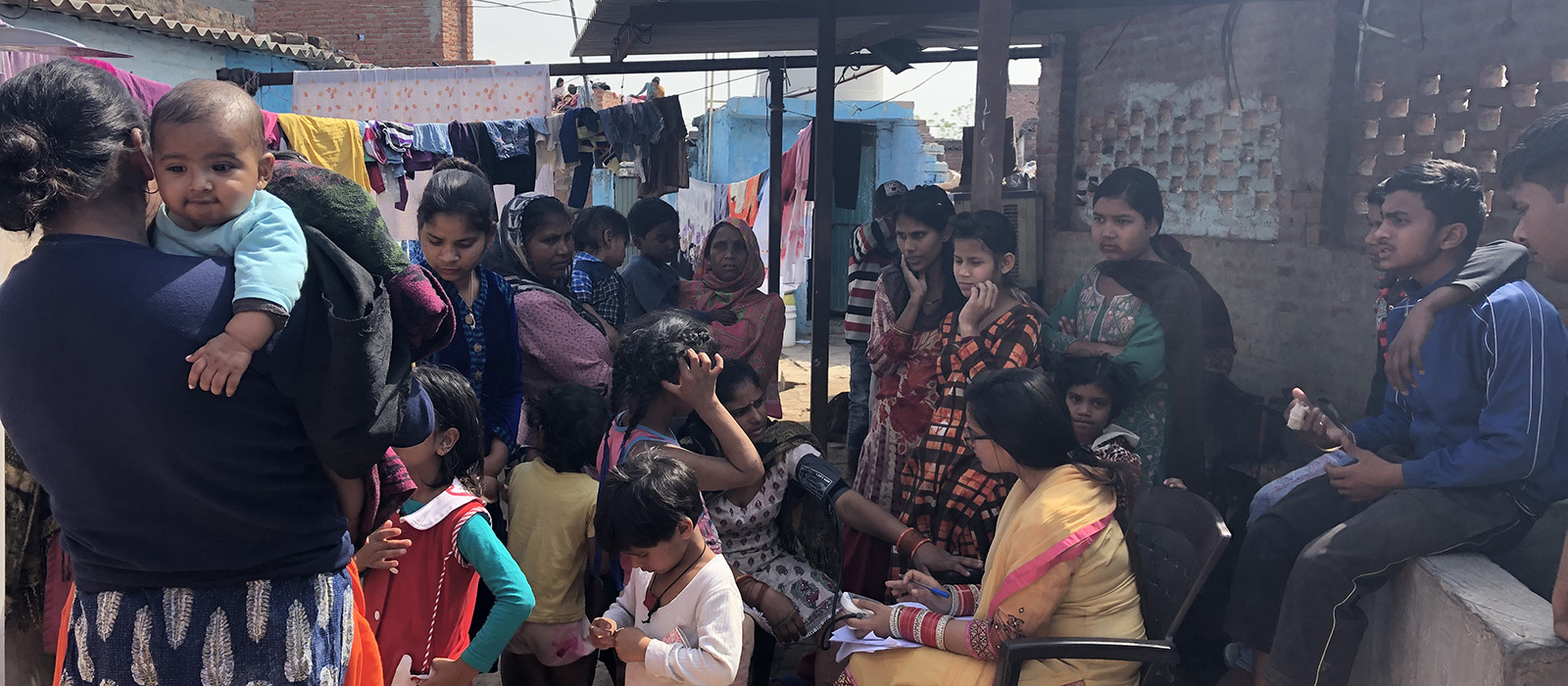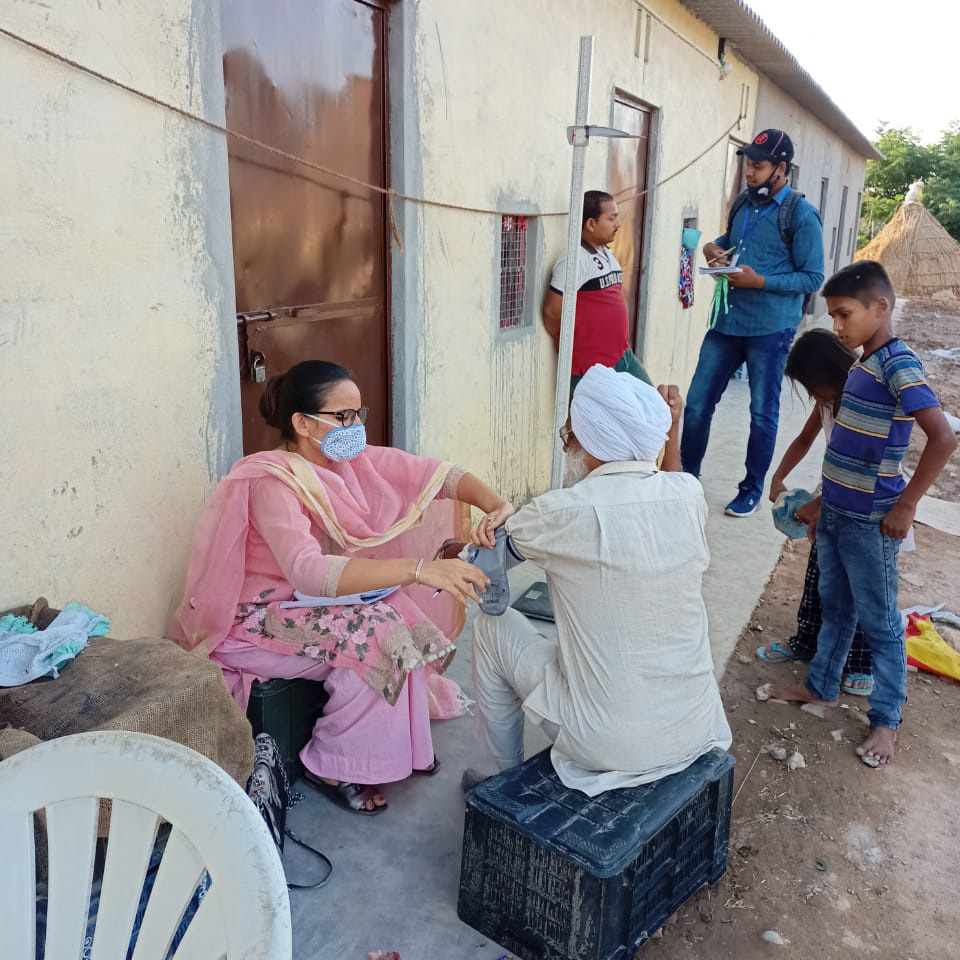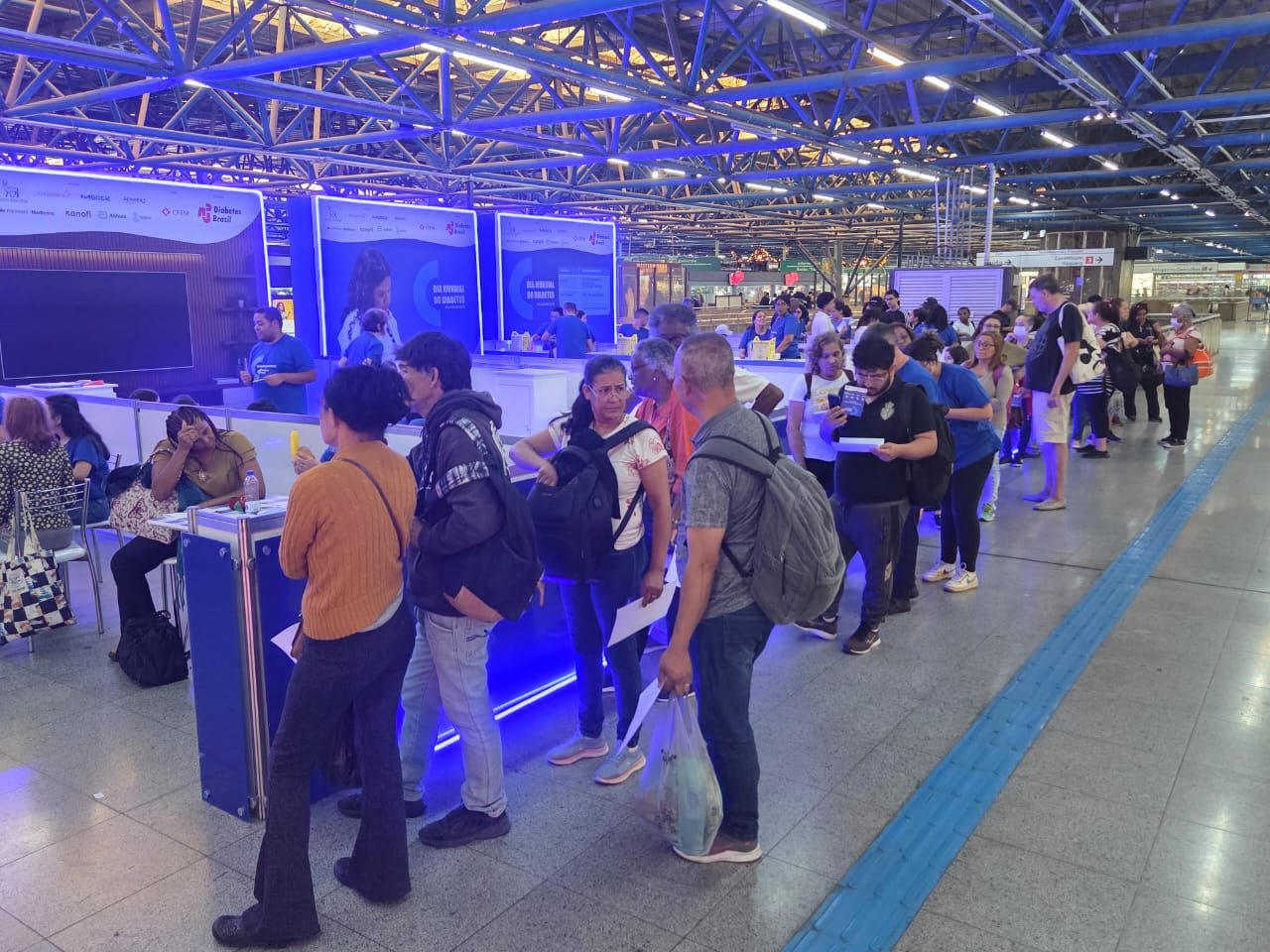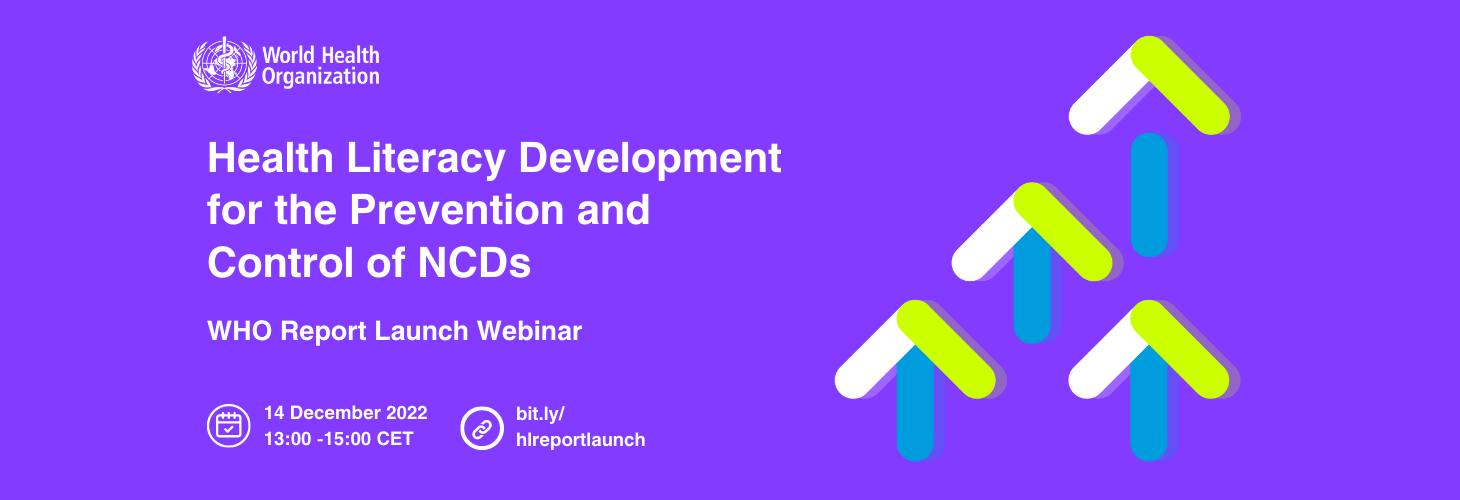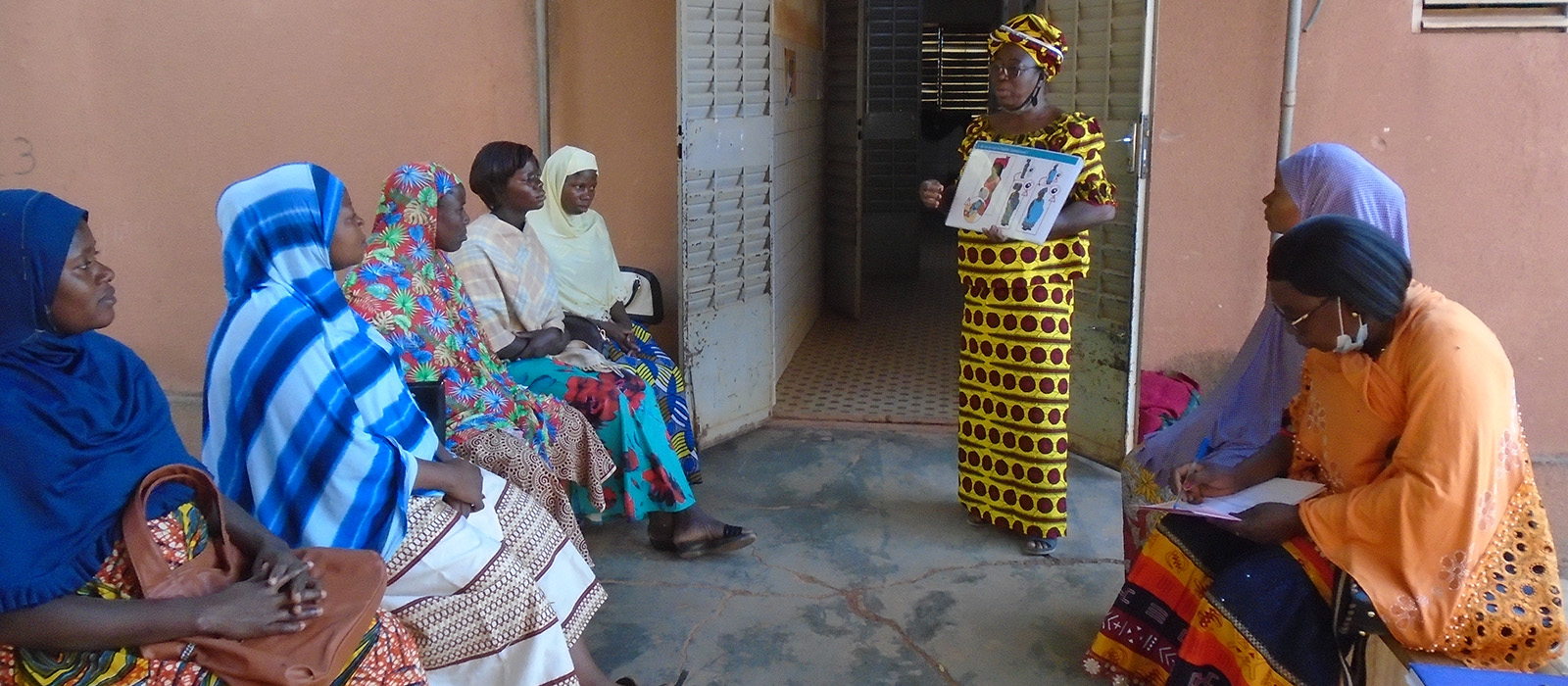In Faidan Nizampur, a village on the outskirts of the city of Chandigarh in northern India, nearly
10 000 mostly domestic migrant workers and their families share the dense living quarters of a slum settlement. Most community members live off day labour and have limited resources to buy healthy food, exercise or access appropriate sanitation facilities and healthcare services.
In this low-resource setting, Manmeet Kaur and Reetu Passi of the Post Graduate Institute of Medical Education and Research in Chandigarh launched a health literacy intervention in 2021.
“At first, we suspected a high prevalence of undiagnosed cases of diabetes in this community, but we quickly learned there was a more pressing issue,” Manmeet recounts. “Many people complained about regular headaches, dizziness, and feeling sleepy, and we quickly suspected undiagnosed hypertension to be a leading cause for these symptoms, as well as a risk factor for severe heart and cardiovascular diseases”, she adds.
In a community-wide survey and individual consultations, Manmeet and Reetu found that more than 41% of men and some 32% of women in this relatively young population live with hypertension requiring treatment. An additional 29% of men and 25% of women showed elevated blood pressure levels requiring lifestyle changes. High salt intake, obesity and insufficient physical activity were identified as possible contributing factors, yet community members also missed crucial knowledge about the risks of hypertension or treatment options, and many found it difficult to access and navigate available health care.
Working closely with the local administration, peer-trainers, and healthcare workers, Manmeet and Reetu designed a health literacy and promotion campaign, offering door-to-door blood pressure measuring and motivating people with hypertension to see a doctor in a health center or a supported mobile clinic. “Engaging the same community members that we had surveyed had a hugely positive effect. It helped us to design a context-specific, culturally sensitive, and age-appropriate intervention that measurably improved health literacy for a major NCD risk factor,” Manmeet concludes.
WHO report on Health literacy development for the prevention and control of noncommunicable diseases
Health literacy describes the knowledge and competencies, daily activities and social interactions of people and communities to access, understand, appraise, remember and use health information, maintain good health, or seek care for themselves and those around them.
To curb the global epidemic of noncommunicable diseases (NCDs) such as cancer, diabetes, chronic respiratory disease and heart disease, health literacy is a decisive success factor. Health literacy responsive systems are crucial to reduce the modifiable risk factors and address the complex mixture of economic, social, commercial and environmental determinants of NCDs.
Lower- and middle-income countries carry the greatest NCD-burden, accounting for some 86% of premature deaths related to NCDs. In these settings, developing health literacy with communities and vulnerable groups holds the key to maximizing global health and equity impact. Looking through a health literacy-lens facilitates locally relevant and effective health programmes, a strong focus on equality and equity in policy and practice, and the meaningful engagement and co-design with people with lived experiences.
A newly released WHO report on Health literacy development for the prevention and control of noncommunicable diseases features guidance and additional case studies from national demonstration projects.
Discover additional case studies from demonstration projects in 16 countries in Vol. 4. of the report on Health literacy development for the prevention and control of noncommunicable diseases.

